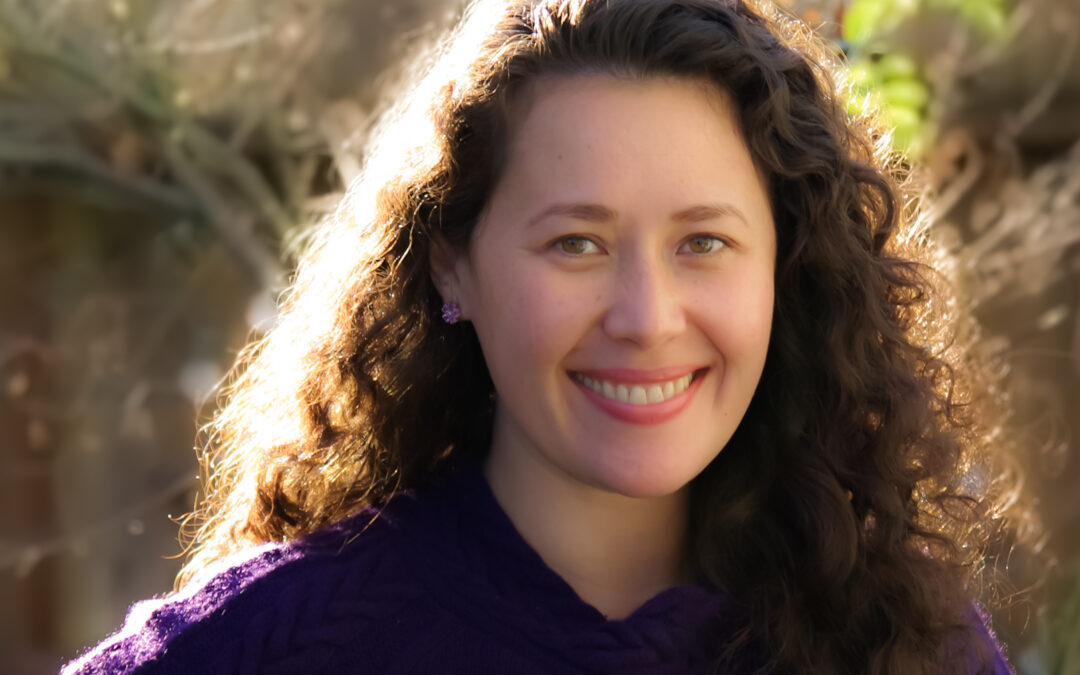
by Michele Kirichanskaya | Jul 10, 2024 | Blog
Jennieke Cohen is a Jewish-Filipina American author of young adult historical fiction. Her books have been translated into multiple languages. Jennieke’s debut novel, DANGEROUS ALLIANCE, was a Junior Library Guild selection, and her second novel, MY FINE FELLOW, was...
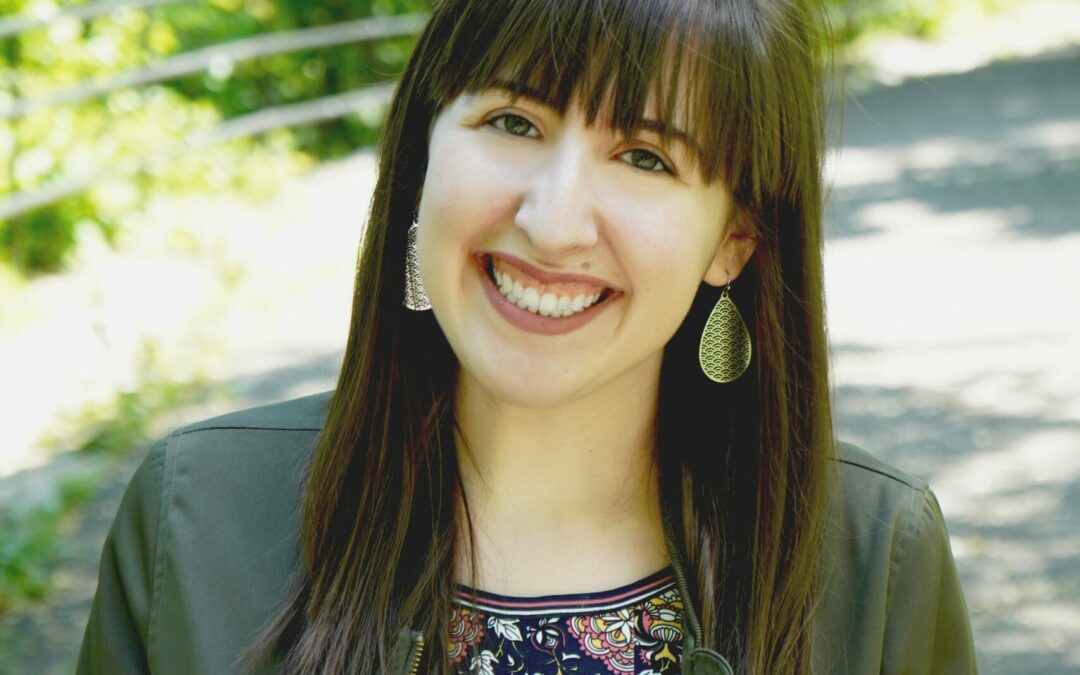
by Michele Kirichanskaya | Jun 12, 2024 | Blog
Marisa Kanter (she/her/hers) is a young adult author, amateur baker, and reality television enthusiast. She is the author of What I Like About You, As If on Cue, and Finally Fitz. Born and raised in the suburbs of Boston, her obsession with books led her to New York...
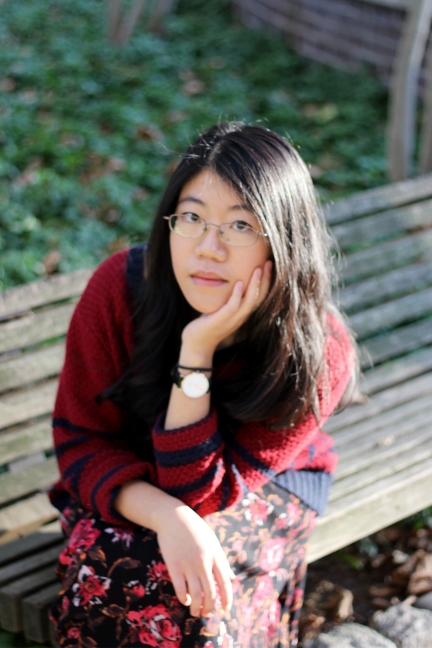
by Michele Kirichanskaya | Jun 7, 2024 | Blog
Joan He was born and raised in Philadelphia but still, on occasion, will lose her way. At a young age, she received classical instruction in oil painting before discovering that storytelling was her favorite form of expression. She studied Psychology and East Asian...
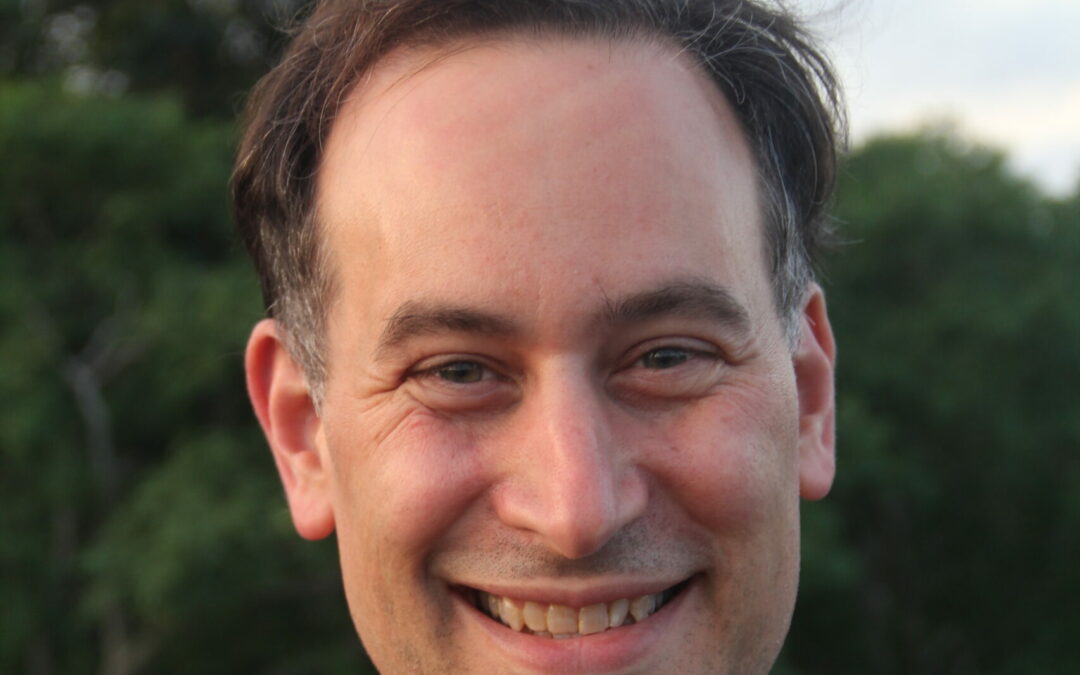
by Michele Kirichanskaya | May 31, 2024 | Blog
David Levithan is the author of several books for young adults, including Lambda Literary Award winner Two Boys Kissing; Every Day; Nick & Norah’s Infinite Playlist and Dash & Lily’s Book of Dares (co-authored with Rachel Cohn); Will Grayson, Will...
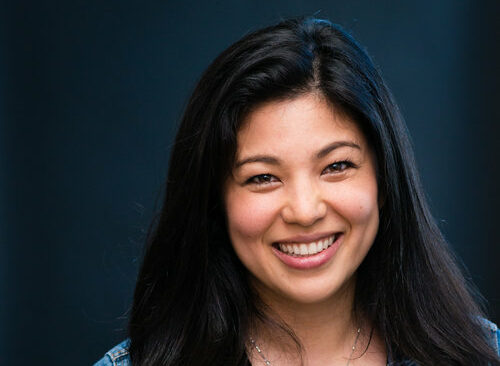
by Michele Kirichanskaya | May 22, 2024 | Blog
Maggie Tokuda-Hall has an MFA in creative writing from the University of San Francisco and a strong cake-decorating game. She is the author of the young adult novel The Mermaid, the Witch, and the Sea, an indie bestseller and recipient of the Northern California Book...






